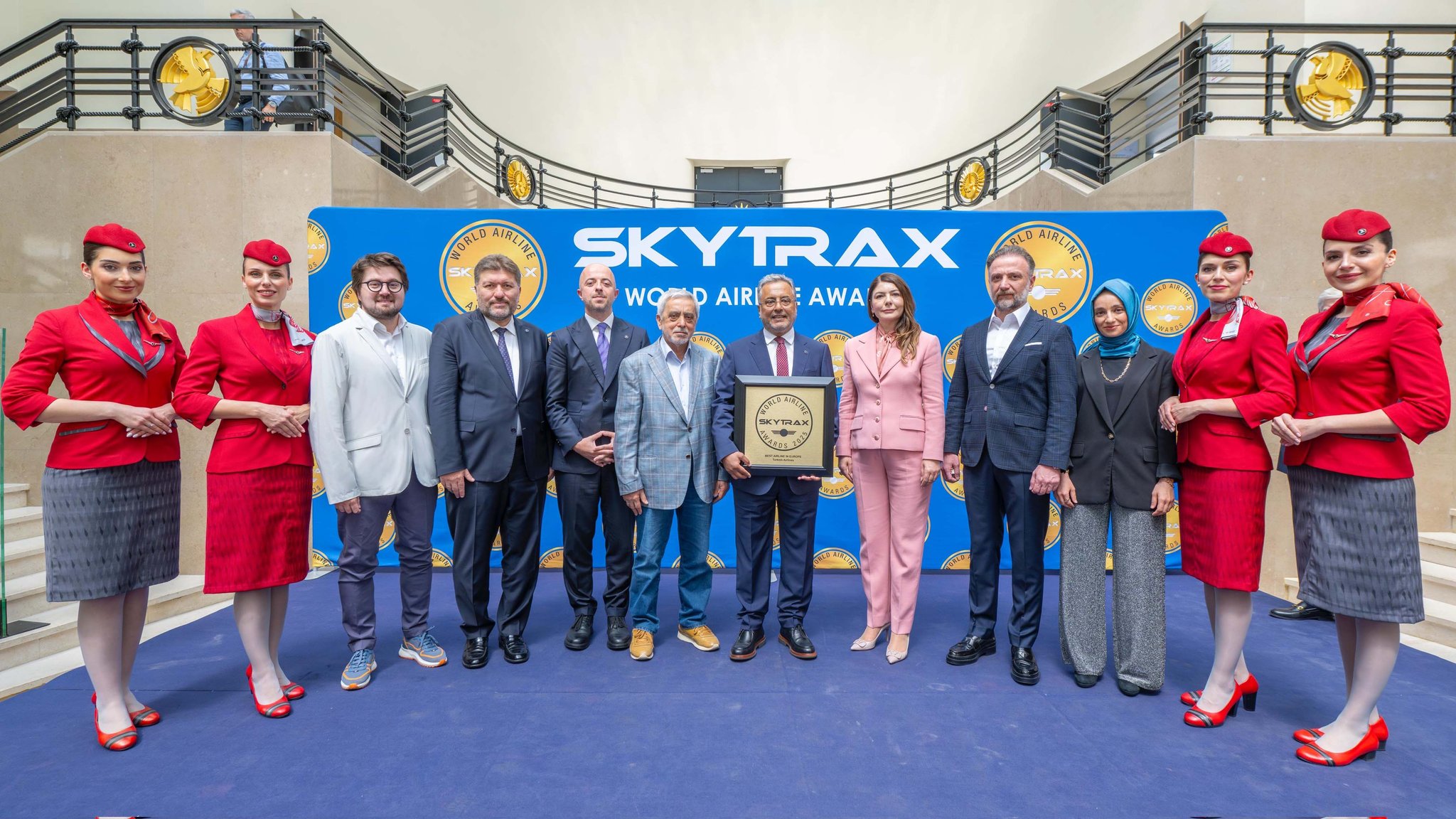.jpg)
With an incredible 560 kilometers of breathtaking coastline, warm Gulf waters, and year-round sunshine, Qatar has established itself as a premier destination for beach lovers and adventure seekers alike. The country’s diverse beaches cater to all preferences, whether you’re looking for vibrant social scenes, serene natural escapes, or family-friendly spots.
From luxurious beach clubs to hidden gems untouched by crowds, each location offers a unique experience that showcases the natural beauty and cultural richness of Qatar. Get ready to unwind, explore, and discover the perfect beach getaway!
Doha Sands Beach Club

Your Oasis of Fun!
Dive into a vibrant atmosphere at Doha Sands Beach Club, where lively music and sun-soaked relaxation await. Enjoy exclusive access with every West Bay hotel booking through Discover Qatar. Indulge in delicious snacks from various kiosks, lounge on comfy sunbeds, and dance to the beats of talented DJs. The club also hosts themed events and beach parties, making it perfect for both families and nightlife enthusiasts.

- Activities: Water sports, beach games, and live DJ sessions enhance the beach experience.
- Family-Friendly: Designated kids' areas with activities ensure fun for all ages.
- Dining: A variety of food options from local cuisine to international favorites.
Opening Hours: 10 AM – 5 PM
Amenities: Snack kiosks, sunbeds, showers, and restrooms.
Al Maha Island
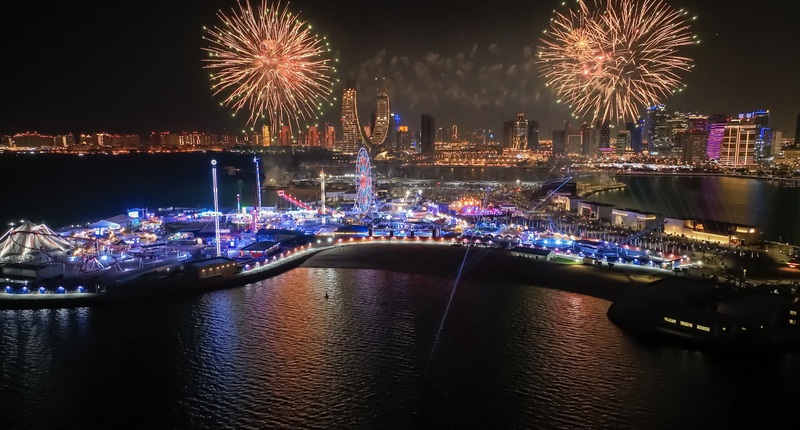
Entertainment Meets Luxury!
Al Maha Island is a sprawling 230,000 square meters of fun, featuring attractions like Lusail Winter Wonderland and the upscale Nammos Beach Club. Experience world-class dining with options from Zuma to casual eateries like Pura Vida, ensuring a delightful blend of leisure and excitement. The island also offers water sports, beach cabanas, and live entertainment events throughout the year.
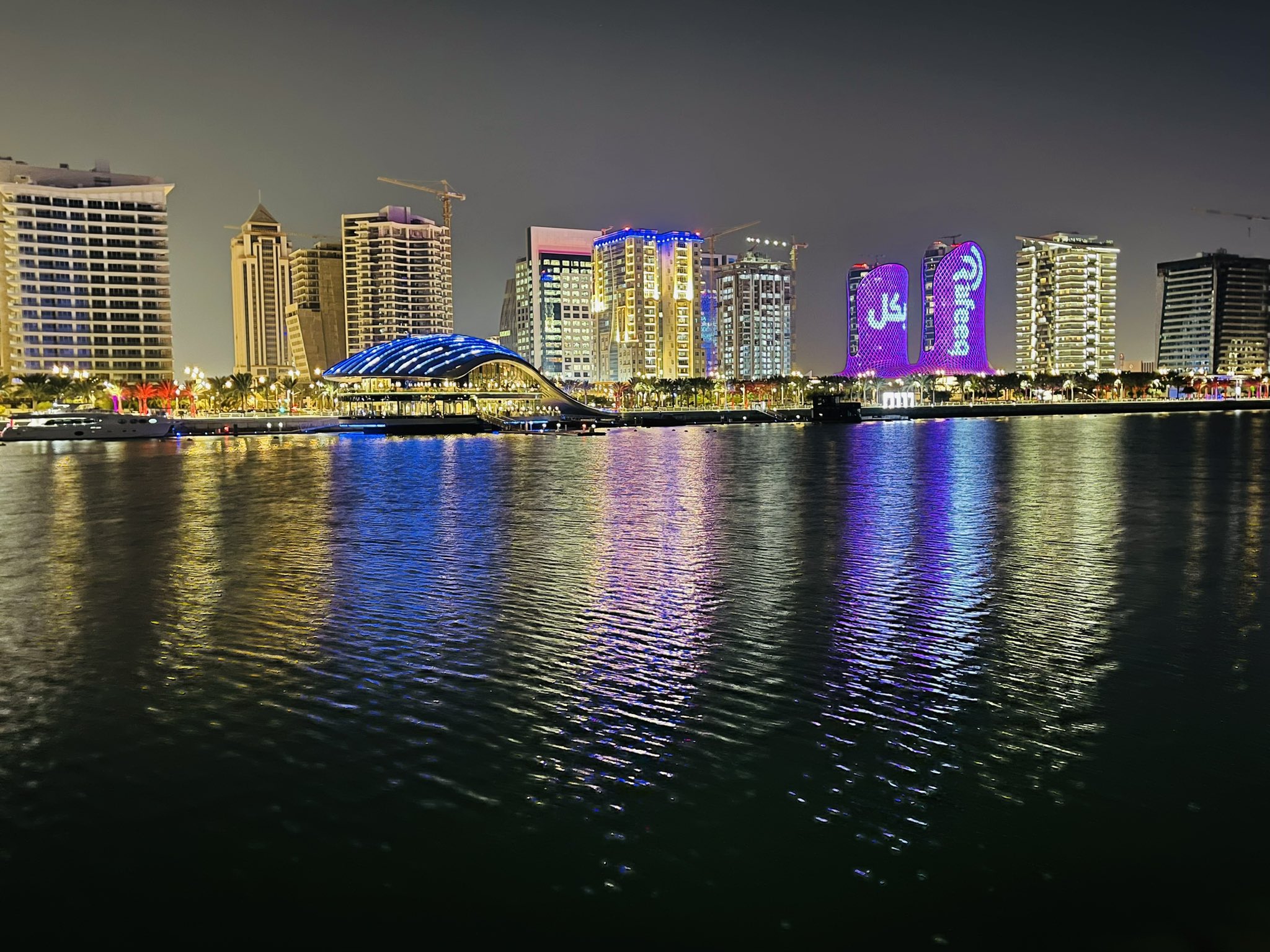
- Attractions: Lusail Winter Wonderland for family-friendly entertainment and seasonal festivities.
- Dining Options: From fine dining to casual eateries, there's something for every palate.
- Water Activities: Jet skiing, parasailing, and snorkeling are among the available options.
Highlights:
- Dining Options: Fine dining and casual eateries
- Activities: Water sports, winter wonderland attractions, and beach clubs.
Fuwairit Beach
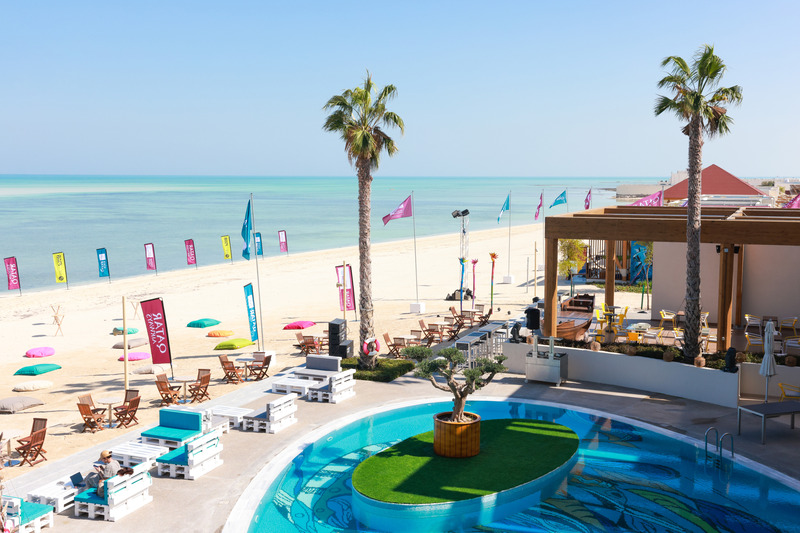
Nature’s Gem!
Fuwairit Beach boasts powdery white sands and crystal-clear waters, ideal for kitesurfing and beach volleyball. This beautiful beach is also a nesting site for Hawksbill sea turtles from April to July, providing a unique touch of nature’s wonder. The beach is surrounded by scenic dunes, making it a perfect spot for photography and nature walks.

- Activities: Kitesurfing lessons available for beginners.
- Wildlife: Observe nesting turtles and various bird species in their natural habitat.
- Scenic Views: Ideal for sunset watching and photography.
Distance from Doha: 1.5 to 2 hours by car
Activities: Kitesurfing, beach volleyball, turtle watching.
Khor Al Adaid Beach

A Unique Retreat!
Known as the Inland Sea, Khor Al Adaid Beach offers a tranquil escape with stunning dune landscapes. Experience the magic of shifting sands and breathtaking sunsets in this serene environment. It’s a popular spot for camping, picnicking, and off-road driving, offering a chance to explore the nearby desert.

- Activities: Dune bashing and guided desert tours available.
- Camping: Designated areas for overnight camping under the stars.
- Photography: Stunning landscapes make it a favorite for photographers.
Distance from Doha: 80 km, best accessed by 4x4
Activities: Dune bashing, camping, stargazing.
Al Shamal Beach
.jpg)
Family-Friendly Fun!
Stretching along the Shamal Corniche, Al Shamal Beach features shallow waters perfect for children. With ample amenities like shade structures, fixed benches, and washrooms, it’s the ideal spot for a relaxing family day. The beach is also a great place for picnics, beach games, and exploring nearby historical sites.

- Amenities: Family-friendly facilities include picnic tables and playgrounds.
- Historical Sites: Nearby archaeological sites add educational value to your visit.
- Water Safety: Lifeguards on duty during peak hours ensure family safety.
Distance from Doha: 97 km, about 1.5 hours by car
Amenities: Family-friendly facilities, picnic areas, and playgrounds.
Al Thakhira Beach
.jpg)
Serene Sanctuary!
Located 35-40 km from Doha, Al Thakhira Beach is a perfect spot for swimming and sunbathing, surrounded by Qatar’s largest mangrove reserves. Enjoy picnics and barbecues in this peaceful setting, where you can also engage in birdwatching and explore the unique mangrove ecosystem.

- Eco-Tours: Guided tours available for birdwatching and mangrove exploration.
- Picnic Areas: Designated spots for family gatherings and barbecues.
- Water Activities: Kayaking through the mangroves offers a unique perspective of nature.
Distance from Doha: About an hour’s drive
Activities: Swimming, picnicking, birdwatching.
Al Ghariya Beach
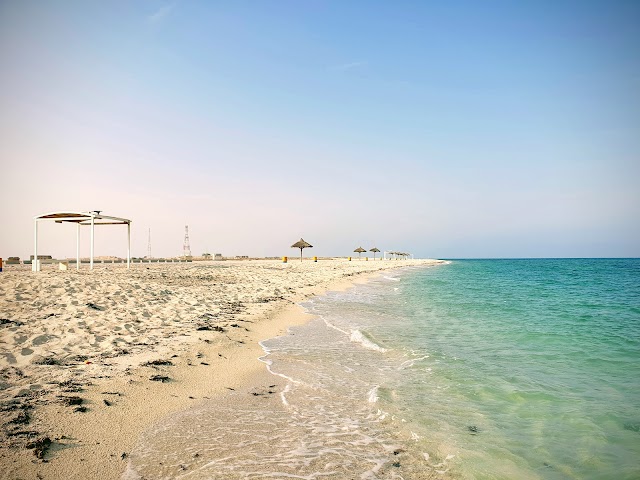
Island Paradise!
Al Ghariya Beach, situated northeast of Qatar, offers pristine sands and lush greenery. Ideal for outdoor activities and weekend camping, this beach is a favorite among locals and tourists alike. The shallow waters are safe for children, making it a great family destination.

- Camping Facilities: Designated camping areas with amenities for overnight stays.
- Outdoor Sports: Volleyball and beach soccer are popular activities.
- Exploration: Nearby islands offer opportunities for snorkeling and exploring marine life.
Distance from Doha: 80 km, accessible by 4x4
Activities: Camping, water sports, beach games.
Al Wakrah Beach
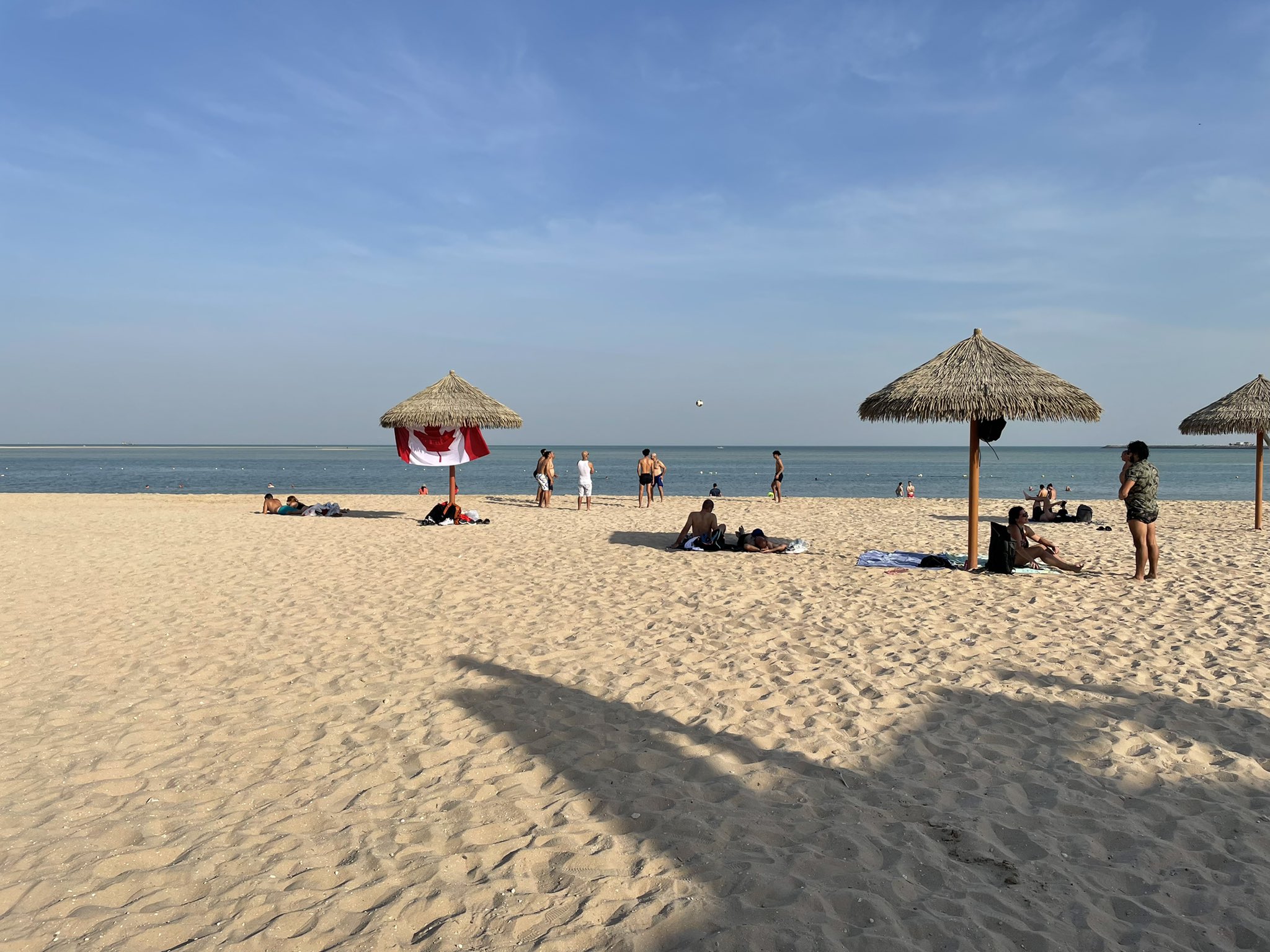
Family-Friendly Escape!
Al Wakrah Beach is perfect for families seeking a relaxing day by the sea. With excellent facilities, including gazebos, children’s playgrounds, and sports courts, it’s a great spot for fun and relaxation. The beach also features a scenic promenade lined with cafés and restaurants offering a variety of cuisines.
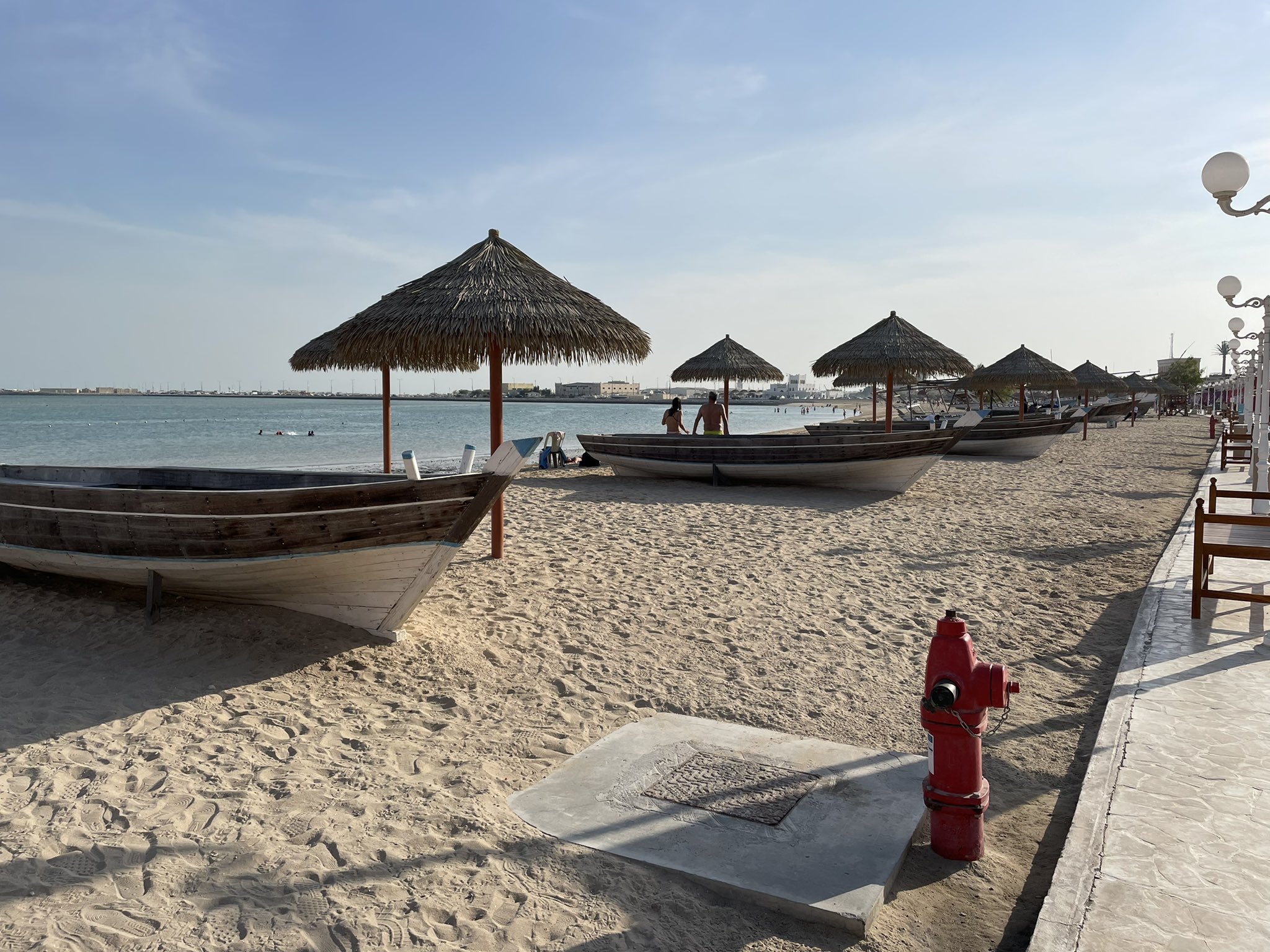
- Dining Options: A variety of eateries along the promenade serve diverse cuisines.
- Sports Facilities: Volleyball courts and soccer fields are available for active families.
- Scenic Walks: The promenade is perfect for leisurely strolls and sunset views.
Distance from Doha: 30 km via Ras Abu Abboud Expressway
Amenities: Gazebos, playgrounds, and dining options.
Al Aaliya Island
.jpg)
Snorkeling Paradise!
A hidden gem for snorkeling enthusiasts, Al Aaliya Island is surrounded by vibrant coral reefs teeming with marine life. Enjoy a peaceful day in nature, perfect for family outings and adventure seekers. The island's untouched beauty and clear waters make it ideal for a day of exploration.
.jpg)
- Snorkeling Gear: Rentals available on-site for ease of access.
- Fishing Opportunities: Ideal spots for fishing enthusiasts to explore.
- Eco-Friendly Practices: Conservation efforts in place to protect marine life.
Travel Method: 30-minute boat ride from central Doha
Activities: Snorkeling, fishing, and nature walks.
Zekreet Beach
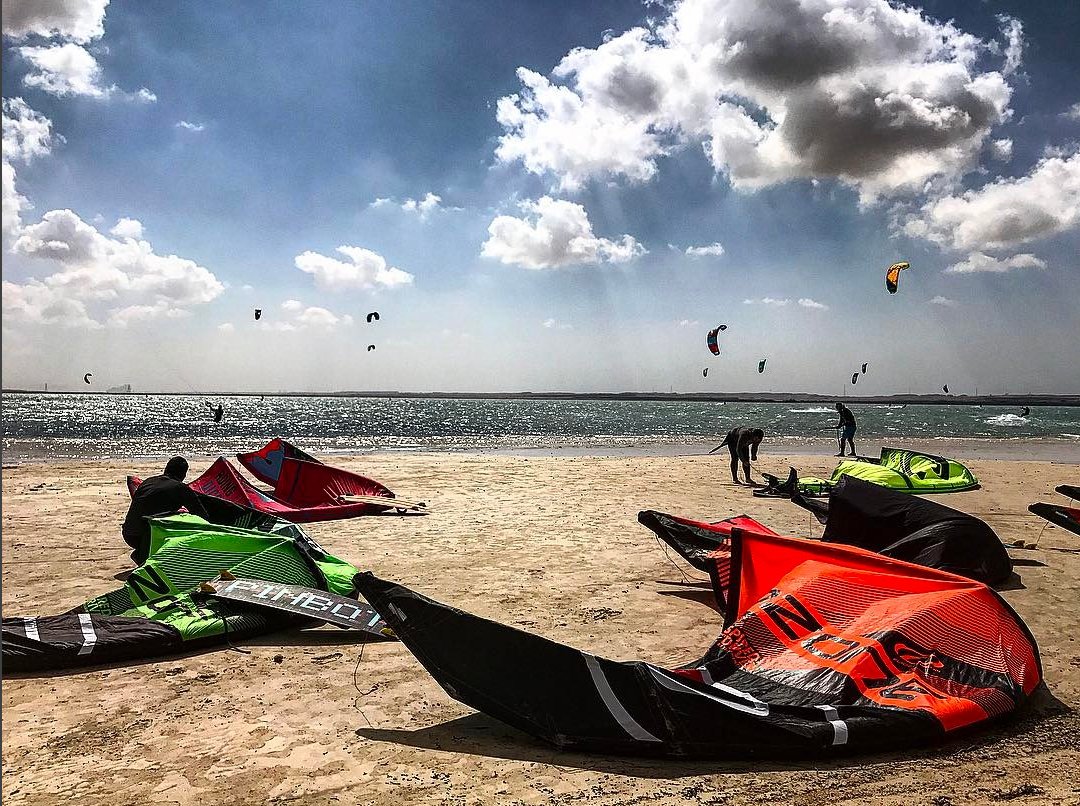
Picturesque Solitude!
Zekreet Beach features stunning limestone formations and a tranquil atmosphere, ideal for camping under the stars. Explore unique geological features while enjoying the serene landscape. The beach is also known for its breathtaking sunsets and is a great spot for photography and nature lovers.
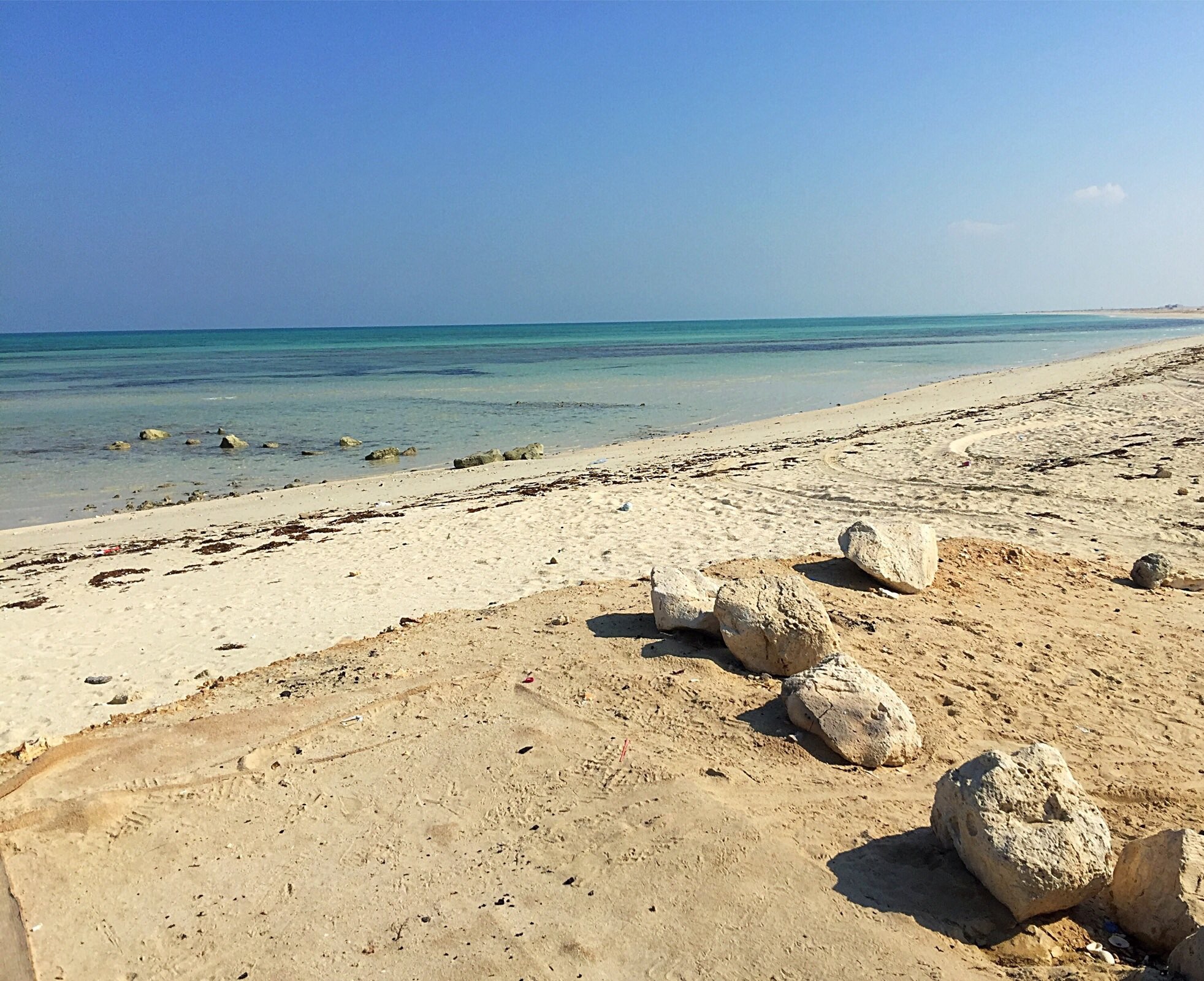
- Geological Features: Explore unique limestone structures and rock formations.
- Camping: Designated camping spots for a night under the stars.
- Wildlife Watching: Spot diverse wildlife, including migratory birds and local fauna.
Distance from Doha: 90 km, accessible by standard or 4x4 vehicles
Activities: Camping, photography, exploring rock formations.
Mafjar Beach
.jpg)
Cultural and Natural Beauty!
Mafjar Beach combines clean sandy shores with the remnants of an abandoned village, offering a unique experience. Perfect for families, this beach provides excellent facilities for a day of fun. Visitors can explore the historical ruins while enjoying activities like snorkeling and picnicking.
.jpg)
- Historical Exploration: Wander around the remnants of the old village for a glimpse into the past.
- Snorkeling: Clear waters provide great visibility for underwater exploration.
- Picnic Areas: Well-equipped spots for family gatherings and meals by the sea.
Distance from Doha: Drive north on Shamal Road, approximately 2.5 km from the last roundabout
Activities: Snorkeling, exploring ruins, picnicking.
Dukhan Beach
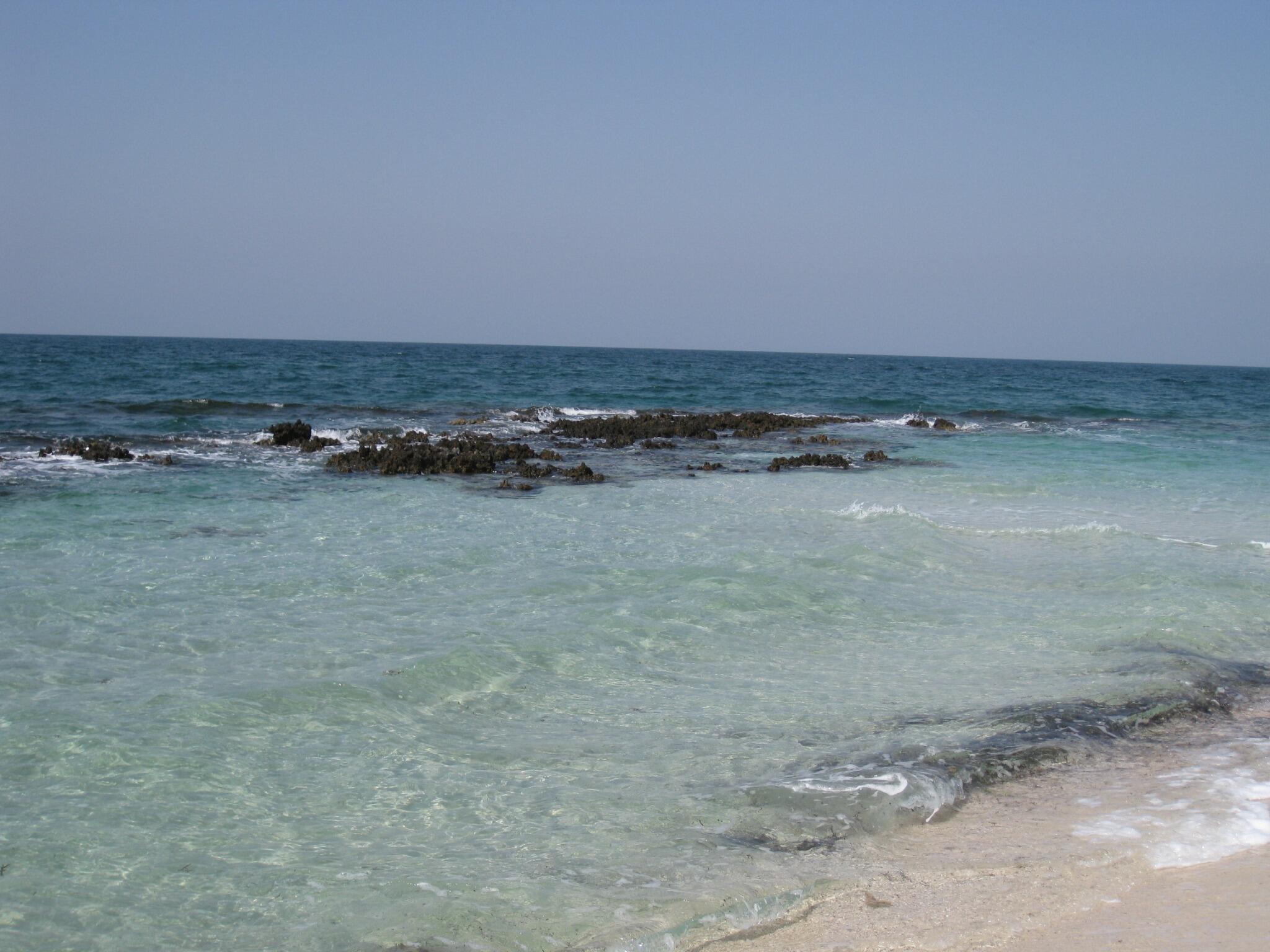
Idyllic Getaway!
On the west coast, Dukhan Beach offers a serene escape with dramatic landscapes. Known for its camping spots and water sports, it’s an excellent weekend destination for families and friends. The beach features soft golden sands and is perfect for swimming, snorkeling, and relaxing by the shore.

- Camping Spots: Designated areas for overnight camping with facilities.
- Water Sports: Opportunities for snorkeling, swimming, and fishing.
- Scenic Views: Dramatic cliffs and sunsets make it a photographers' delight.
Distance from Doha: 90 km, roughly a 45-minute drive
Activities: Camping, watersports, swimming.
Each of these stunning beaches offers a unique experience, ensuring that your time in Qatar is filled with relaxation, adventure, and unforgettable memories. Whether you're seeking family-friendly fun, thrilling water sports, or tranquil solitude, Qatar's beaches have something for everyone. Plan your visit today and create lasting memories by the sea!





























 – 14,763 feet (1).jpg)









